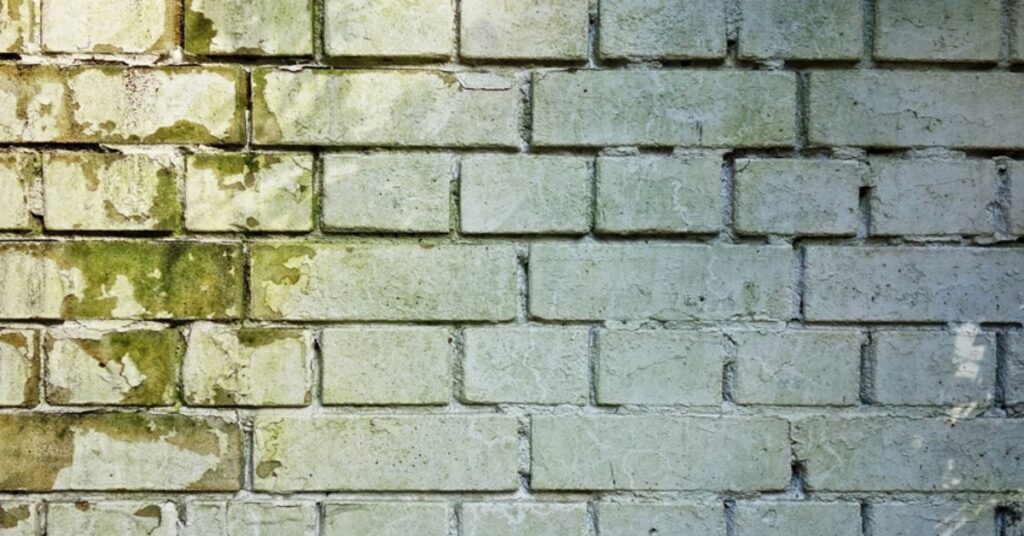Water damage can occur in any home, and addressing it promptly is essential to prevent long-term issues like mold, structural damage, and costly repairs. Sometimes, the signs are subtle and hidden, making it hard to realize there’s a problem until it becomes serious. Knowing what to look for can help you catch the issue early, potentially saving you from expensive repairs.
Ignoring hidden water damage can lead to mold growth, structural damage, and other long-term issues. In Tampa Bay, Florida, the humid climate and frequent storms can make homes especially vulnerable to water damage. Whether it’s due to flooding, roof leaks, or plumbing issues, hidden water damage can lead to serious problems if not addressed quickly.
Homeowners in the area should stay vigilant and consider professional restoration services to protect their property and maintain its value. Keeping an eye out for the following signs can help you address problems before they get worse:
Look for Stains on Walls & Ceilings
One of the most obvious signs of hidden water damage is the appearance of water stains on your walls or ceilings. These stains often show up as brownish or yellowish spots and can be a clear indicator of a leak somewhere behind the surface. You may notice them in places like your bathroom, kitchen, or basement, but they can also appear in unexpected areas.
If you spot these stains, it’s important to investigate the cause right away. A leaky pipe or roof can be the culprit, and if left unchecked, the damage can spread. Regularly check for water stains, especially in rooms that use a lot of water, and address any issues as soon as possible to prevent costly repairs down the line. In such cases, hiring professional restoration services can be beneficial. For instance, experts at Flood Pros USA, a Tampa water damage restoration company, offer comprehensive services for efficient recovery to minimize damage to your property. Their team of experts is available 24/7 to handle everything from water extraction to full restoration, ensuring your home is safe and restored to its original condition.
Inspect Floors for Warping or Soft Spots
Water damage doesn’t just affect walls and ceilings; it can also cause problems with your flooring. If you notice any warping, buckling, or soft spots in your floors, this could be a sign of water damage beneath the surface. This is especially common in rooms like the bathroom or basement, where water can easily seep through cracks or gaps.
Pay close attention to the condition of your floors when walking through your home. If parts of the floor feel uneven or soft, you may have hidden water damage that needs to be addressed. The sooner you identify the problem, the less damage it will cause in the long run.
Notice Musty Odors
A musty smell is often a sign that water has been lingering somewhere in your home, leading to mold or mildew growth. Even if you can’t see any water damage, that damp, unpleasant odor can be an early warning sign. Mold can grow in hidden places like behind walls or under floors, and it thrives in damp environments.
If you detect a persistent musty odor in any part of your home, it’s important to investigate the source. Look for areas where water might be trapped, and take steps to fix any leaks or moisture issues. Getting rid of the moisture will help prevent mold from spreading.
Check for Peeling Paint or Wallpaper
Excess moisture in your walls can cause paint or wallpaper to peel, bubble, or blister. This happens because the water breaks down the adhesive that holds the paint or wallpaper to the wall, causing it to lose its grip. If you see any signs of peeling, it could mean there’s water damage hiding behind the surface.
This kind of damage can start small but quickly get worse if the water source isn’t addressed. Regularly check your walls for any signs of peeling paint or wallpaper, especially in areas like the bathroom, where humidity levels are higher. Catching the leaks in your walls early can save you a lot of trouble.
Keep an Eye on Increased Water Bills
An unexpected rise in your water bill is a subtle sign that hidden water damage may be present. If your water usage hasn’t increased but your bill has, it could indicate a concealed leak in your plumbing system. Even minor leaks can result in a substantial amount of wasted water over time, causing your costs to climb.
If you notice a consistent rise in your water bill, take the time to inspect your home for leaks. Check under sinks, around appliances, and in your basement or crawl space. If you don’t see anything, it might be necessary to call a plumber who can perform a more thorough inspection.
Look for Mold or Mildew Growth
Mold and mildew are common indicators of hidden water damage. These fungi thrive in damp environments, and their presence can suggest a water problem in your home. Mold and mildew may grow on walls, ceilings, and floors, often in hidden areas like behind furniture, under carpets, or inside wall cavities.
Even if you don’t see mold, you might notice a musty smell, which can also indicate moisture issues. Mold not only damages your home but can also pose health risks to you and your family. If you spot any mold or mildew, it’s important to find the source of the moisture and fix it as soon as possible.
Examine Windows & Doors for Damage
Water can sometimes seep into your home through window and door frames, causing damage that might go unnoticed until it becomes severe. Over time, water exposure can cause frames to swell, warp, or rot, affecting their ability to function properly. Damaged frames can also lead to drafts, which may increase your energy bills.
To prevent and clean water damage around your windows and doors, check these areas regularly for any signs of wear. Look for cracks, gaps, or peeling around the frames. If you find any issues, addressing them quickly will help prevent further water damage.
Identifying hidden water damage in your home is essential for preventing serious issues like mold growth, structural damage, and expensive repairs. By paying attention to the signs mentioned, you can catch problems early and take steps to resolve them before they escalate. It’s important to be proactive in maintaining your home. If you notice any signs of hidden water damage, don’t hesitate to take action. Regular maintenance and quick responses to problems are key to keeping your home safe from water damage.







